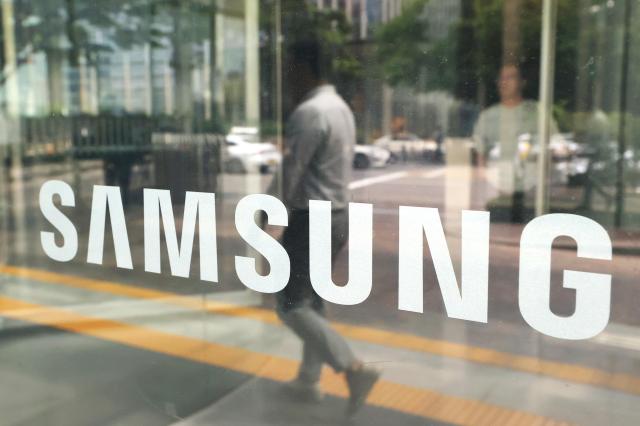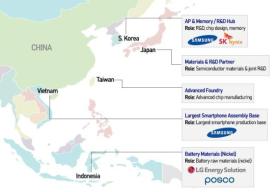
SEOUL, July 31 (AJP) - Samsung Electronics reported final second-quarter operating profit of 4.7 trillion won on Thursday, slightly above preliminary guidance as the world's largest memory chipmaker navigated persistent industry challenges and China sanctions. Revenue reached 74.6 trillion won, up marginally from the 74 trillion won preliminary estimate released earlier this month.
The final results confirmed a 55.2 percent decline in operating profit from the same period last year, when the company earned 10.4 trillion won. Quarter-on-quarter, operating profit fell 30.1 percent from the first quarter's 6.7 trillion won, while revenue declined 5.7 percent from 79.1 trillion won in the previous three months.
The Device Solutions division, which includes memory chips and foundry services, posted revenue of 27.9 trillion won and operating profit of 400 billion won. Despite an 11 percent quarterly increase in sales driven by high-value server memory products and expanded foundry client base, operating profit dropped 800 billion won due to inventory provisions in the memory business and sanctions-related costs affecting advanced AI chip production.
Samsung's memory business expanded shipments of HBM3E and high-capacity DDR5 products to meet surging AI server demand, while data center SSD sales also grew. However, one-time inventory asset provisions and China sanctions on advanced semiconductors weighed heavily on profitability, underscoring the complex operating environment facing chipmakers.
The Device Experience division reported revenue of 43.6 trillion won and operating profit of 3.3 trillion won. Mobile sales declined from the peak first quarter when flagship models launched, but solid smartphone performance drove year-on-year growth in both revenue and operating profit while maintaining double-digit margins through resource optimization.
Looking ahead, Samsung expects continued global uncertainty from trade tensions and geopolitical risks but anticipates gradual IT market improvement driven by AI and robotics expansion. The company plans to accelerate its 8th-generation V-NAND transition and strengthen its foundry business with 2-nanometer GAA process technology for mobile applications.
Copyright ⓒ Aju Press All rights reserved.




